- Author Matthew Elmers [email protected].
- Public 2023-12-16 21:49.
- Last modified 2025-01-24 09:17.
“There is something that they say:“Look, this is new”; but that was already in the centuries before us."
Ecclesiastes 1:10
Military museums in Europe. We continue to get acquainted with the collections of weapons and armor, which are exhibited in the Vienna Arsenal, and today we have next in line for knightly armor of the "sunset era". What does it mean? Yes, only that over time, as it happens very often, the very idea of protecting a person from all types of known weapons began to gradually become obsolete. So, already no armor could protect their owner from a stone cannonball. The armor began to pierce the arrows of crossbows and the bullets of pistols and muskets. Yes, their creators achieved perfection in them, were able to cover literally every piece of the body with armor, and yet even such perfection did not guarantee against serious injuries and death. Knights, even kings, died in tournaments, where, it would seem, everything was done to ensure the safety of the fighting. Another important consideration was the price! Long gone are the days when a knight's armament cost 30 cows: 15 for the armament and armor itself, and 15 for a war horse. Now, only the serial field armor of mercenary-men at arms possessed such a value, and the cost of armor for kings and dukes exceeded … the cost of a small town! But the armor was also influenced by fashion, so a lot of them were required. They needed to be given to their children, grandchildren and nephews, to give to the kings of neighboring countries, to order prestige for the sake of no one said: "And this monarch has become impoverished, twice enters the tournament in the same armor!" And what was to be done? The easiest way is to give up armor altogether, which was subsequently done.
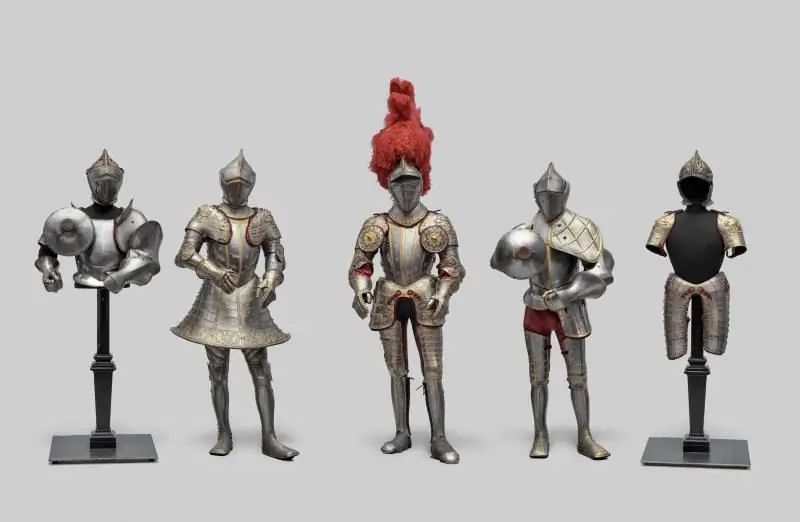
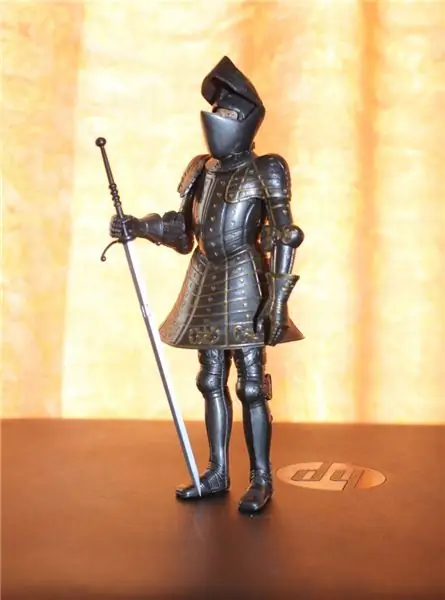
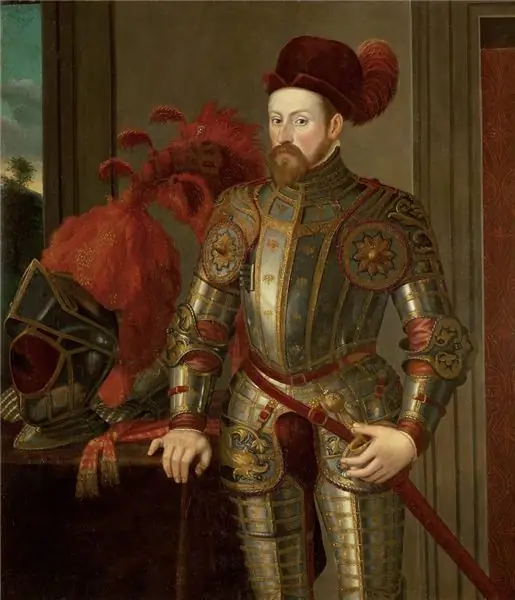
But first, some way out to reduce the cost of weapons was found in the creation of armored headsets. And in the 16th century, in order to satisfy all the requirements of the numerous varieties of the tournament, such headsets were created in the form of sets of parts that could be combined with each other so that each time their owners received a seemingly new armor. There was clearly a modular layout principle that is so widely used today in modern weapons. So this find is far from our days. All this was already in the past, only at that time the modularity of the design was used not in weapons, but in armor.
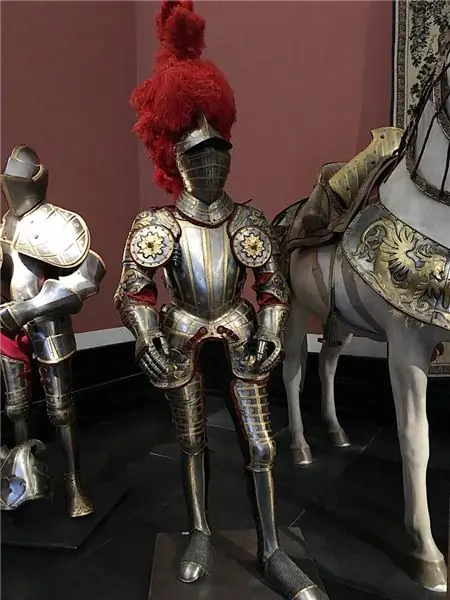
Following the fashion for such headsets and at the same time being a rather practical person, Emperor Ferdinand I in 1546 ordered for his second son, Archduke Ferdinand II of Tyrol, an armored set, which consisted of 87 separate parts.
It is the largest set extant to this day, and thanks to its early description in Archduke Ferdinand's inventory book, it is by far the best documented. The main unit of the modular design was the so-called "field armor", that is, plate knightly armor used in a field battle. By combining various additional parts with it, you can get twelve different armors for equestrian and foot combat. For example, armor for foot combat was distinguished by its curly "bell skirt".
This headset was made in a typical for that time and quite simple design, and without pretentious details, but with an excellent finish. It was made by Jörg Seusenhofer and the engraver Hans Perhammer from Innsbruck. The set is decorated with images of gilded eagles, which were the heraldic symbols of Austria, and therefore was named "Eagle set" in honor of its characteristic decoration. The price of this pompous set was correspondingly very high, amounting to an enormous sum of 1,258 gold florins, twelve times the annual salary of a high court official, and, in addition, another 463 florins were spent on gilding it.
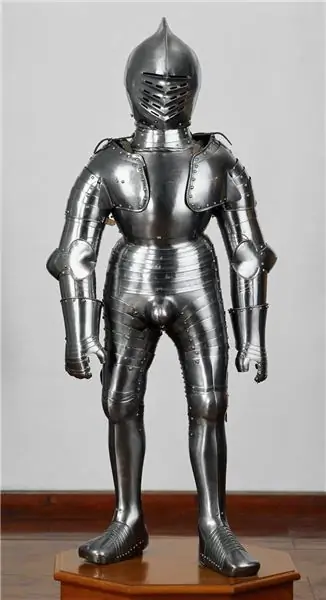
The famous plattner armor maker was Konrad Seusenhofer, who lived and worked in Innsbruck. Emperor Maximilian I (1493-1519) in 1504 entrusted him with the management of the local arms workshop, which he managed until his death in 1517. Seusenhofer was at the head of a huge company that produced both mass-produced and precious armor for representational purposes. To polish the armor, they used a drive from a special water mill on the Sill River. For serial, stamping was used. In 1514, Emperor Maximilian I ordered armor from Seusenhofer for the eight-year-old Hungarian king Ludwig II, and the reason for the gift was Louis' wedding to Maria, Maximilian's granddaughter, in 1515. Such holidays were often used just to show off in armor. This armor is mentioned in the oldest documents, starting from 1581, as belonging to the collection of Archduke Ferdinand II. It is interesting that, although at this time the "Maximilian" armor had not yet gone out of fashion, the emperor did not consider it possible to order them as a gift, but limited himself to ordinary smooth armor.
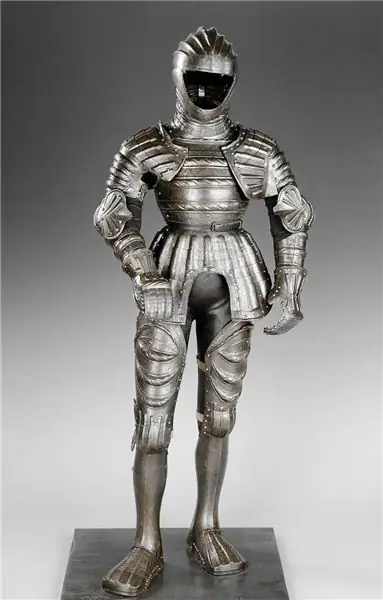
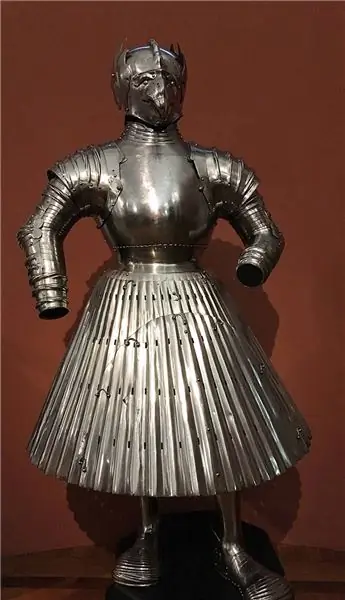
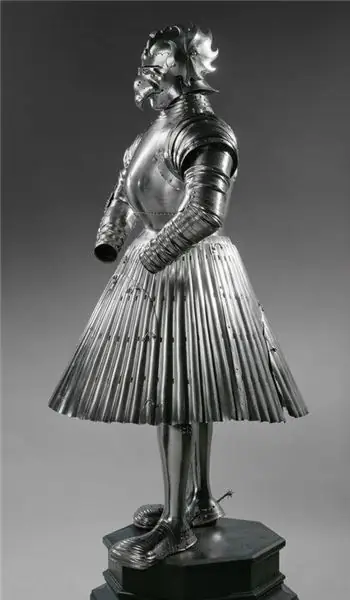
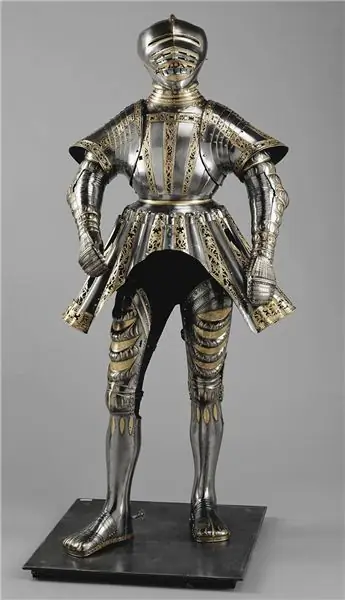
Simultaneously with the armor for this boy, Maximilian I ordered two more armor with pleated skirts for his English ally Henry VIII. One of them has survived one helmet (Tower of London, Inv. No: IV.22).

Of course, "costume armor" could not help but amaze. Still, they were too pretentious. Meanwhile, almost simultaneously with them, the armourers found other ways to amuse the nobility with a sense of their own importance. However, we will talk about this next time.






